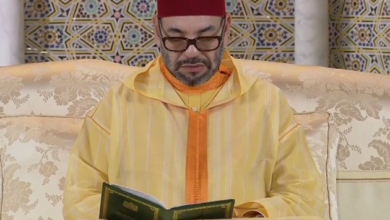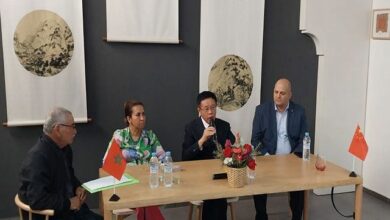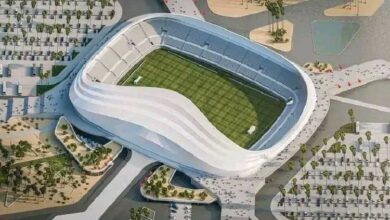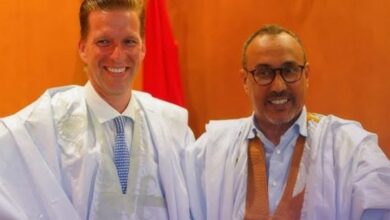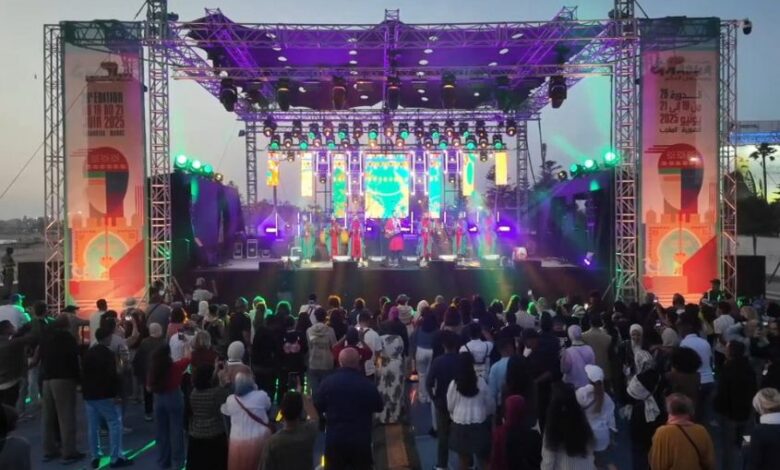
ALDAR / Analysis
Since its launch more than two decades ago, the Gnaoua and World Music Festival in the city of Essaouira has become an exceptional cultural event, relied upon to highlight the richness of Moroccan heritage and build bridges for dialogue with global cultures. However, the 2025 edition has once again revealed chronic challenges and organizational flaws that raise many questions, despite the symbolic and artistic momentum that this annual event carries.
Although some technical aspects improved in the current edition, sharp criticisms arose from visitors and participants regarding weak organization, especially concerning the management of spaces, lack of smooth crowd flow, as well as difficulties accessing some stages due to absence of clear signage and flexible security plans.
The shortage of basic facilities such as restrooms and resting areas was also a major issue that caused dissatisfaction among many attendees, particularly during peak times, when some venues experienced disorder and chaos, diminishing the artistic experience the festival aims to provide.
While the festival has maintained its international dimension by hosting Gnaoua groups from Africa, Europe, and America, a notable decline in the presence of some well-known Moroccan artists was evident in the 2025 edition, along with the marginalization of several local troupes who have contributed to the festival’s prestige over the years.
Some attribute this decline to the organizing committee’s lack of a clear vision regarding balancing international openness and local empowerment, while others see it as reflecting weaknesses in the mechanisms for managing the database of Moroccan artists and opaque selection criteria.
Despite the festival management’s assurances of commitment to supporting young artists and organizing open artistic workshops, some promises were not fulfilled on the ground. Several workshops were canceled without prior notice, and the promise to open spaces adjacent to the old city to host free performances—which could have alleviated pressure on the main stages—was not kept.
Effective communication from the organizers with local media was also lacking, as sufficient press releases were not distributed and opportunities for on-site coverage were limited, contributing to a decline in public engagement compared to previous editions.
Although the Gnaoua Festival is ranked among the major cultural events benefiting from official and semi-official support, the general budget of the edition remains unclear, as does the actual contribution level of private sector sponsors.
In the absence of a transparent and detailed financial report, observers raise several questions about how funds are spent, and the balance between the festival’s artistic costs and actual outcomes in terms of cultural and tourist promotion, especially given the support from public institutions and major companies.
The 2025 edition, despite its memorable musical moments, brings back to the forefront a deep discussion about the future of the Gnaoua Festival in Essaouira. Between the ambition for cultural influence and the reality of organizational flaws, it is essential to rethink the festival’s administrative structure and its financial and artistic management mechanisms, to ensure its sustainability as a genuine cultural lever rather than merely a seasonal event.

